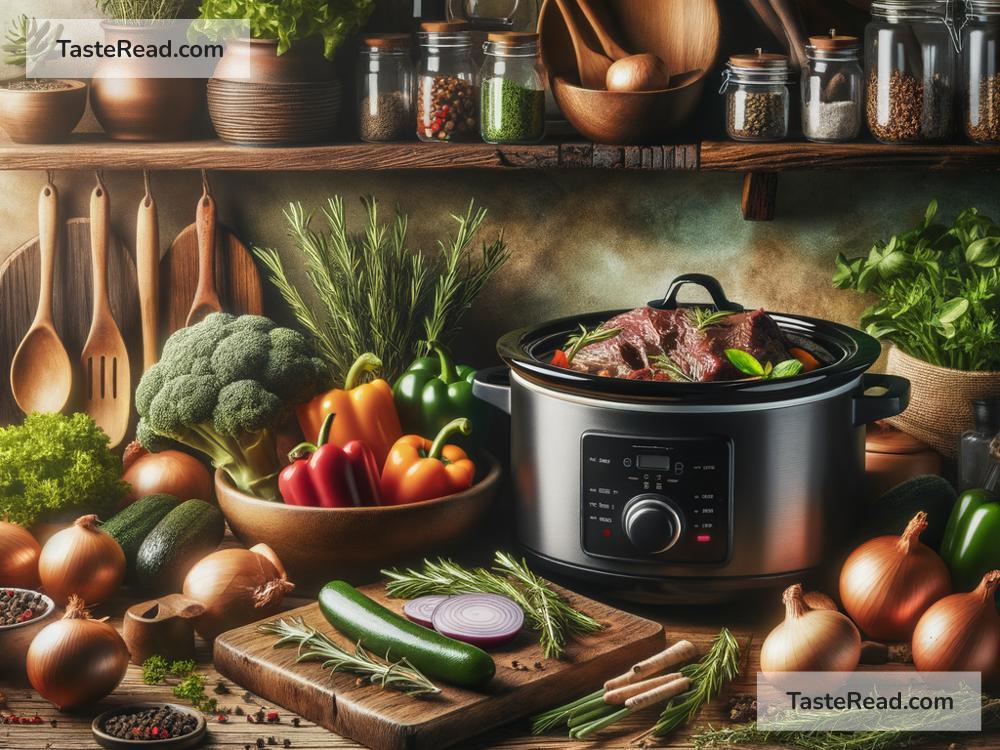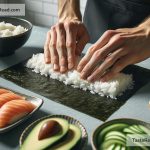Embracing the Magic of Slow Cooking and Braising
In today’s fast-paced world, the art of slow cooking and braising feels almost revolutionary. It’s about welcoming the slow dance of flavors, the gentle simmer, and the miraculously tender results that emerge after hours of patient waiting. My journey into mastering these cooking methods has not only transformed my meals but has also infused a sense of calm and mindfulness into my cooking routine. Let me share with you how the slow and low philosophy changed my culinary game.
Starting with Slow Cooking
My adventure began with a simple slow cooker, an appliance that seemed unassuming yet promised a world of flavors. The concept was straightforward: combine ingredients in the cooker, set the temperature, and let it do its magic over several hours. However, mastering slow cooking was more than just throwing ingredients together; it was about understanding how flavors develop over time.
One of my first realizations was the importance of layering flavors. I learned to sear meats before adding them to the cooker, which introduced a depth of flavor that slow cooking alone couldn’t achieve. Vegetables like onions, carrots, and celery became my base, sweating them slightly to unlock their sweet notes before they hit the cooker.
Seasoning was another crucial lesson. With slow cooking, there’s plenty of time for spices and herbs to meld and evolve, so I found that less is often more. A simple bouquet garni or a light sprinkle of fresh herbs added towards the end of cooking could elevate a dish from good to extraordinary.
But the real game-changer was patience. The slow cooker taught me to resist the urge to stir and peek. Every time the lid comes off, heat escapes, and the cooking process is interrupted. Trusting the process was vital, and the reward was always worth the wait — tender, fall-apart dishes full of complexity and warmth.
The Braising Breakthrough
While slow cooking felt like a gentle embrace, braising was its more hands-on cousin, a method that brought an element of craftsmanship to my cooking. Braising involves cooking ingredients slowly in a small amount of liquid, usually after searing. This method is perfect for transforming tougher cuts of meat into succulent masterpieces.
My most significant revelation with braising was the importance of the sear. Getting a deep, rich crust on the meat wasn’t just about color; it was about creating a foundation of flavor that would permeate the entire dish. It was magical to watch wine, stock, or even water deglaze the fond (those delicious brown bits left in the pan) and form the basis of deeply flavorful sauces and gravies.
Another vital component of braising was choosing the right liquid and using it sparingly. The goal was to partially cover the meat, allowing it to simmer and steam at the same time, which encouraged even cooking and moisture retention. Experimenting with different liquids, from classic beef stock to tangy pomegranate juice, taught me how versatile braising could be.
Perhaps the most satisfying aspect of braising was the transformation. The process turned ingredients with humble beginnings into dishes rich with complexity. It was a reminder that great food doesn’t have to be complicated or expensive; it just requires care and time.
Slowly but Surely Winning
Mastering slow cooking and braising didn’t happen overnight. It was a journey marked by trial and error, understanding the nuances of ingredients, and realizing the impact of time on flavor development. However, what stood out the most was the mindfulness these methods brought to my kitchen. They forced me to slow down, to appreciate the process as much as the outcome.
In embracing these methods, I’ve not only diversified my culinary repertoire but also learned to enjoy the act of cooking more deeply. There’s something profoundly gratifying about preparing a meal that requires forethought and patience. It’s a reminder of the joys of craftsmanship in an increasingly instant world.
For those looking to explore slow cooking and braising, my advice is simple: start with an open mind and be prepared to wait. The flavors you’ll unearth and the textures you’ll achieve are well worth the journey. Remember, great cooking isn’t always about speed or flashy techniques; sometimes, the best things in life are those that require a little more time.


